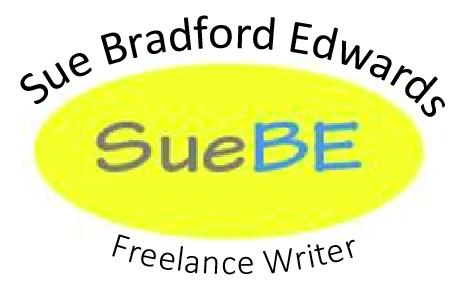Yesterday I stumbled across a blog post by Savannah Gilbo on genre conventions vs genre tropes. As explained by Gilbo, a convention is a story element that fans of that genre expect to find in a story. Tropes are the way these conventions are enacted.
So let’s say we are talking about cozy mysteries. A convention is that the detective is never a professional detective. They are an amateur who somehow ends up solving the mystery. The tropes where the “detective” is concerned involve the type of character the writer creates as their point-of-view character.
Ninety-nine point nine percent of the time — that 99.9% of the time — the detective in the cozies that I read are women. They are unmarried although whether they are single, divorced, or widowed varies. If they have children, these children are adults or living with an ex or old enough to somehow not be in the picture.
I’ve been wondering about this a lot lately. Are these conventions? Or could I shake things up by creating a character that is married? Or the mother of young children? Granted, this could be difficult since young children can easily make solving a murder impossible. “Excuse me while I snoop through your life with my three rambunctious children in tow.”
Then I discovered Moving Is Murder by Sara Rosett. Rosett has written a cozy series (called either Mom Zone Mystery or Ellie Avery Mystery). Ellie Avery is a military wife and mom to a newborn. They’ve just moved cross country and that’s enough to keep her busy. But when a fellow military wife dies and then another is murdered, Ellie can’t let it go. Who is killing people and why in their quiet neighborhood?
Ellie is both a wife and the mother of a small child. So how does the get away with detecting? Her husband is an active parent! By giving Ellie different characteristics than many cozy detectives, Rosett shakes things up and creates a story that feels more unique than many books in the genre.
Now I’ve got something else to noodle over as I outline.
–SueBE





 During a recent snowday, my family took our positions in the family room and watched Anna. For those of you who don’t know the movie, she is a beautiful girl who is also a brilliant Russian assassin. “How many times are they going to make the same movie?” asked my son. “We saw the same thing with Atomic Blonde and Red Sparrow.”
During a recent snowday, my family took our positions in the family room and watched Anna. For those of you who don’t know the movie, she is a beautiful girl who is also a brilliant Russian assassin. “How many times are they going to make the same movie?” asked my son. “We saw the same thing with Atomic Blonde and Red Sparrow.”